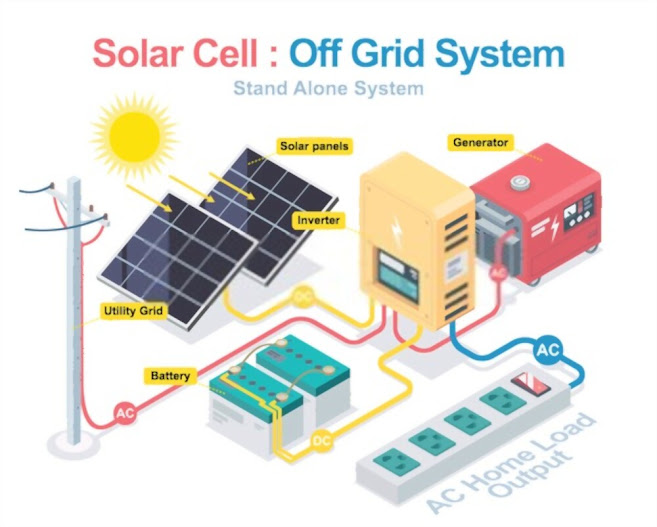Residential Solar Supplier Houston TX
Solar systems rarely operate at STC performance levels. I-V curves of panels depend on temperatures and therefore the amount of sun so modules are usually only partially loaded throughout the day. From sunrise to sunset the quantity of sun on the panels varies quite the temperature. When the radiance drops by 1/2, the quantity of electricity generated by the panel drops by 1/2. By contrast, the utmost point (MPP) voltage stays relatively consistence with the changing sun light. The example is based on a 150 watt four volt module but most solar systems are connected in series so the changes in MPP voltage can add up to much more and than what is shown in the example and we are serve to residential solar supplier Houston TX.
Additionally, temperature affects the solar array voltage far more than current. When we design an off-grid battery based system, we glance at the situation and therefore the voltage of the battery bank to form sure at a minimum, the system will produce twenty percentage more voltage than the battery bank requires to recharge on hot days where the system will be located. In the wintertime amp (current) output rises dramatically in cold weather. Panels work better within the cold than within the heat given an equivalent solar radiance. It is common for a panel to outperform it's STC rating during extremely cold days so the charge controller (off-grid systems) and inverted (grid-tied systems) that is selected needs to be rated for the climate in which it is going to be installed.
When it comes to solar installations, business is booming. With plummeting costs, increasing efficiency, and plenty of government incentives, more homeowners are considering solar power every year. Electrical Distribution, DC current, PV wire circuit breakers and main panels, it is time to urge to understand a solar battery.
A solar array is first and foremost a collection of solar panels. Each of those solar panels consists of a set of individual solar cells. These solar cells are simple slabs of specially treated crystalline silicon. During the manufacturing process, trace elements are added to the silicon mixture, resulting in an overall positive or charge within the material. One half of a solar cell is formed from the positively charged mixture, and the other half from its negatively charged counterpart.
Multiple solar cells are then fitted next to at least one another and enclosed within a frame, becoming one solar array. In order to reap the electrical be due the cells, a network of metallic wiring is installed, connecting with each individual cell and leading to a larger wire at the edge of the panel. This large wire terminates in a socket on the frame, which can be wont to connect each individual solar array into the general solar battery via Electrical Distribution; combiners, circuit Breakers, wire and PV cables and we are serve to residential solar supplier Houston TX.
Additionally, temperature affects the solar array voltage far more than current. When we design an off-grid battery based system, we glance at the situation and therefore the voltage of the battery bank to form sure at a minimum, the system will produce twenty percentage more voltage than the battery bank requires to recharge on hot days where the system will be located. In the wintertime amp (current) output rises dramatically in cold weather. Panels work better within the cold than within the heat given an equivalent solar radiance. It is common for a panel to outperform it's STC rating during extremely cold days so the charge controller (off-grid systems) and inverted (grid-tied systems) that is selected needs to be rated for the climate in which it is going to be installed.
When it comes to solar installations, business is booming. With plummeting costs, increasing efficiency, and plenty of government incentives, more homeowners are considering solar power every year. Electrical Distribution, DC current, PV wire circuit breakers and main panels, it is time to urge to understand a solar battery.
A solar array is first and foremost a collection of solar panels. Each of those solar panels consists of a set of individual solar cells. These solar cells are simple slabs of specially treated crystalline silicon. During the manufacturing process, trace elements are added to the silicon mixture, resulting in an overall positive or charge within the material. One half of a solar cell is formed from the positively charged mixture, and the other half from its negatively charged counterpart.
Multiple solar cells are then fitted next to at least one another and enclosed within a frame, becoming one solar array. In order to reap the electrical be due the cells, a network of metallic wiring is installed, connecting with each individual cell and leading to a larger wire at the edge of the panel. This large wire terminates in a socket on the frame, which can be wont to connect each individual solar array into the general solar battery via Electrical Distribution; combiners, circuit Breakers, wire and PV cables and we are serve to residential solar supplier Houston TX.





Comments
Post a Comment